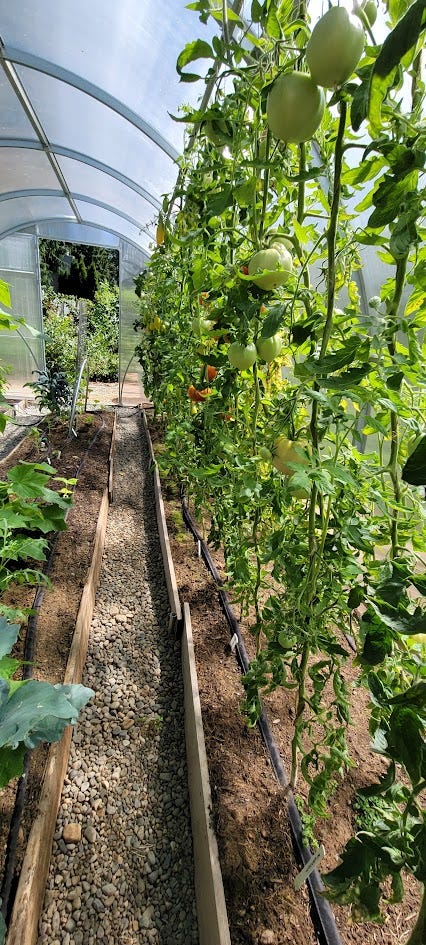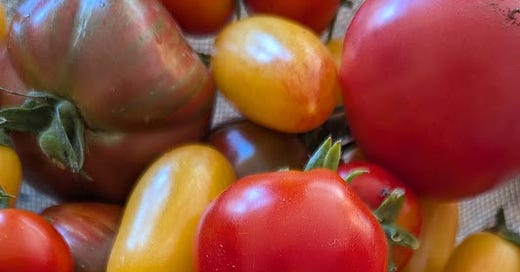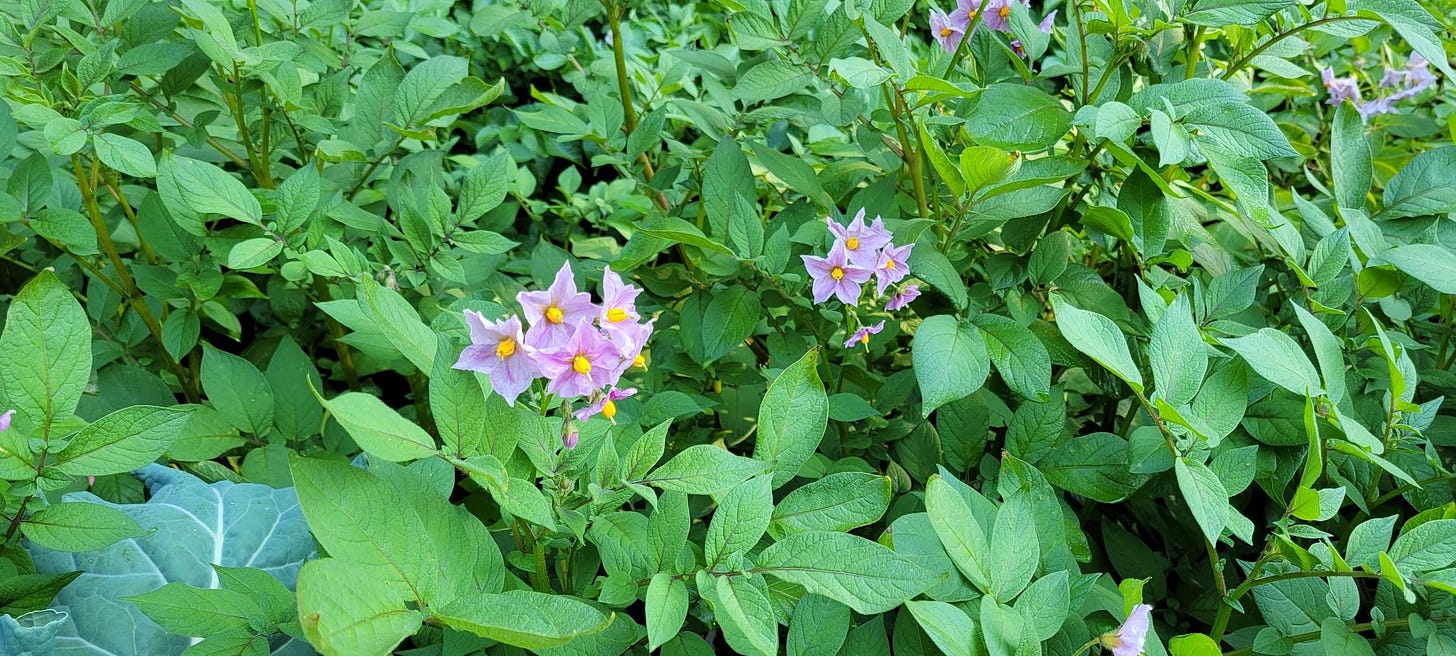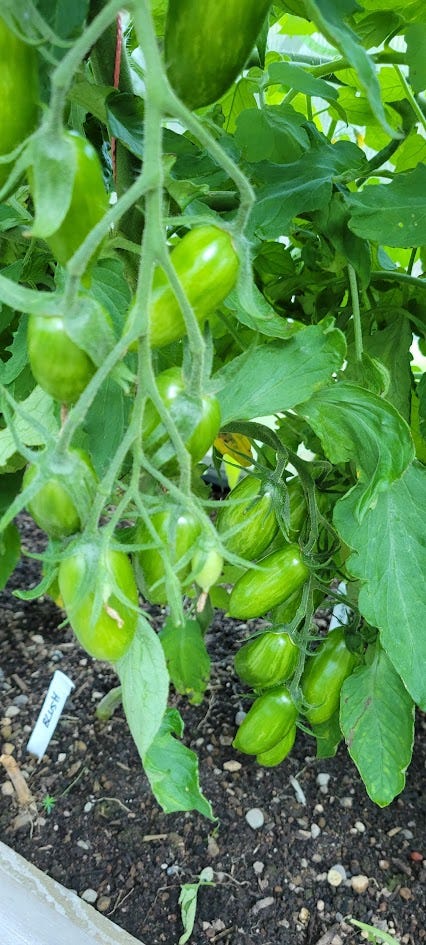What is it about those last few moments in a place that suddenly makes us feel rushed to experience everything, to remember the small details, to suck up the experiences, to fill our minds with everything we see and feel and know about that location? The same thing happens when someone we care about is dying. Now becomes filled with this crushing desire to hold every nuance of their being inside of ourselves, preserved, kept, relished. Is it our own mortality sneaking up and tapping our shoulder? Is it some innate genetic drive to leave a piece of ourselves behind? Is it the fear of departing somewhere that belongings can’t accompany?
A friend of mine,
, recently posted a note about this sensation.What is it about a sense of urgency that renders certain acts more appealing? Is it simply that it negates procrastination, or is it that the narrowing window of possibility takes the pressure off, so you can blame your failure on lack of time?
And, me being me, all I could think to say was, tomatoes. We’re just big, overcomplicated, self-absorbed tomatoes.
I’m not going to pretend that most any of you might care about an entire exposition on tomato growth and management, but the parallels to our own impermanence can’t be denied. We’re all growing and flowering and rooting and fruiting and turning into compost to enrich the soil for tomorrow, but we fight against every step of that journey in the most beautiful and poetic of human ways. It doesn’t change the inevitability, but somehow our struggles still matter.
The tl;dr from below is this—when we are deprived of the illusion of abundant time, when the world signals to us that change is happening now, when we catch a glimpse of tomorrow without the things we hold onto today, we rush to absorb everything. We soak up what love we can find, we ripen our understanding, we write our stories down.
Hey, speaking of stories, things are still growing and expanding over at
! Our website is live, submissions are still open (but they won’t be forever), and we even have a dedicated substack you can subscribe to so that you don’t miss out on any of the details when they happen. You can even subscribe right here!Is your tomato gynoecious? *wink*
My neighbor is learning to grow his own food. He’s starting small—just a few pots of tomatoes, some salad veggies, potatoes in bags. And I often catch him staring through the chain-link fence that separates my yard from his, my own massive, weedy, out-of-control vegetable mini-farm at the edge of what he can see. When I invite him over, he walks through the mulched paths and drifts gentle fingers over the tops of the onion greens, the pole beans snaking their velcro vines up twine, the potato flowers, purple and white with cheddar yellow centers.
“They smell really good,” I point to those potato flowers. “Most people don’t know that about potatoes, but the blossoms are really a lovely scent.”
He bends low and drinks them in, a slow grin alighting.
He wants to grow lots of his own food just like we do. He wants a greenhouse, a dedicated vegetable patch in the sunny part of the yard, and a garage or root cellar full of produce to tide him over into the winter months. He has garden envy. And I’m encouraging it into a fever-pitch.
Can we go back to those tomatoes? Because there are some useful tips to learn about them that will also explain some of the behaviors of other plants you know. They might even explain some of our slightly human behaviors, if you’re willing to think of their growing cycle as a tiny, contracted version of our own lives, in which I (being in my later forties now) find myself terrifyingly drawn into my own late summer rush to bring in the harvest.
Tomatoes come in lots of varieties. Some are cherry sized, some grape, several plum, a couple pear, a few beefsteak (is anybody else noticing that we name tomatoes after other foods?), and oxheart (wait, ew). Heritage1, open-pollinated2, hybrid3, parthenocarpic4, gynoecious5, determinate6, indeterminate7.
Listen, I’m plant nerding here. You don’t need to know any of those things to grow your tomatoes, and if anybody tells you different, send them to me. Yes, these are fascinating aspects of the plant variety, but if you want to grow great tomatoes, you don’t need to get into the granular genetics. (There’s a lesson in anti-trans rhetoric here, but I’m just going to leave it untouched.)
Holy shit, did you know you could get grafted tomato plants?? I’m getting distracted.
My neighbor took my advice and constructed a large hanging rack over his tomato pots. We tied twine loosely around the bottom of each plant stem once they were each at least ten inches tall, then we tied the other end of the twine to the top of the “gallows” so that there was just a bit of tension on each string. It might be tough to see given the size of my current tomato plants in the greenhouse, but I simply loop the twine over the top and tie off two plants on the same twine, a huge upside-down V. The combined tension of two plants pulling on the same string makes for some really fun pruning late in the season. (I’m joking. I should be smarter about this, but I’m set in my ways.) Once the twine is in place, we twirl the small plant stems around each string, clockwise or counter, there’s no benefit or detriment to either direction.


The common problem most home growers struggle with is an abundance of green fruit late in the season when rain and dropping temperatures threaten to ruin an entire season’s growth. We’re staring at the darkening skies, the diminishing light, the damp and cold, and vines loaded with little green marbles, and worrying that we won’t get to eat any of them on BLTs or caprese salads.
What do your tomatoes need? They need pressure. They need some panic. They need the sensation of impending doom and death. They need to know their own mortality.
Modern tomatoes are bred for protected growth, like being in a greenhouse or under a row cover, and so they expect a certain amount of watering from their caretakers. Watering signals certainty, security, abundance. When tomatoes get water, they grow green things—stems, leaves, green fruits. More water? More green.
There’s another factor here that isn’t totally necessary to understand, but we’re nerding out, so I’ll bring it up. Fertilizers are not all created equal. Those N-P-K numbers on the front of the package tell you how much nitrogen, phosphorus, and potassium each box or bag contains. Nitrogen grows green parts, phosphorus grows blossoms and fruits, potassium is for roots and overall health. Tomato fertilizer, whether you purchase a premixed version or mix your own (you know which of these I do without asking, don’t you), usually favors a high nitrogen content, which drives big plants, fat stems, and loads of unripened fruit. You can push for more flowers and fruit by switching mid-season to a high phosphorus blend, but I personally think that’s overkill. Give your plants loads of nitrogen early in their growth, then just focus on pruning and watering. Don’t provide any more fertilizer until you’re removing your plants for the season and putting the soil to sleep over winter.
Let’s get back to that stress element, that feeling that we’re not going to live forever.
Your tomatoes, like all annual plants, need to grow as much as they can during the summer, then set fruit, pass on their genes, and leave detritus in the field to support next spring’s growth of their babies. If they happen to get picked up and moved around, so much the better to spread their seeds further afield. The tomato fruit itself is actually the ideal package to foster great seed maturation and protection, which is why it’ll continue to ripen even once it’s off the plant, squashed on the ground, half buried beneath the slumping vines covered in powdery mildew. In fact, tomato seeds need to be cured in rotting grossness to be viable. Blech, right?
So how do we indicate to our plants that we want them to ripen their fruit? We convince them the end is near. Stop watering them in late August, or at the very least dial your watering back by a LOT. If you were watering every other day, water once a week at the most. Deprive them.
A note to those of you growing tomatoes in pots—tomato plants can grow enormous root systems, even when you confine them. They’ll quickly become pot-bound and strangle themselves, which you’ll see when you pull them out at the end of the summer. Curtailing water from potted tomatoes happens way faster than it does for plants in the ground, so I guess…. be careful and good luck?
And while your plants are screaming about being dehydrated, start cutting them back. Cut off anything growing wildly at the top. Lots of plants fall victim to apical dominance, where a majority of growth hormones flow to the top (the apex) of the plant and deprive lateral growth and development. Chopping off the top of the plant signals that energy needs to be spent lower, where it already has fruit that just needs to finish ripening. Cut off suckers (those little sprouts in the V of the main stem and side branches), snip or break off lower leaves, especially those that are already yellowing. In fact, you can cut off just about all the leaves by the time late August arrives. Photosynthesis is overrated by that part of the year.
Once your plants are facing an existential crisis, you’ll start bringing in fruit by the armload.
Alright, alright, enough about all this plant allegory. What does this mean for you? Maybe it means you’re too damn comfortable. Maybe it means it’s okay to push yourself a bit. Maybe it means we create the best things when our lives are chaotic and messy. Maybe, if you’re like me, if you’ve been feeling like writing or making art is out of reach, it’s because you’re a little too well-hydrated (or over-fertilized by ice cream, *ahem*). Maybe uncertainty and discomfort are your best companions when the thing you need to express feels too green. Prune back the dead leaves, turn off the irrigation, and forget about fancy fertilizers. There’s enough inside of you right now to show the world your sumptuous reds, your orange stripes, your oxheart and persimmon and tie-dye lusciousness.
Your trans friend,
Robin
been around a while
you can save their seeds
seeds saved probably won’t grow
“seedless” like a seedless watermelon or cucumber
favors girl flowers that create more fruit… I mean, this is like the queerest category of plant available, right?
grows shorter
grows longer









What a surprise! Never did I ever expect my little note on urgency to inspire an extensive guide about…tomato growth. Here’s my summary: do a million complicated things to the tomato plant, and then, abruptly, stop watering it. That’s the part I would be good at!
The metaphor translates well, Robin! Now you've also got me thinking about how trans folks in high concentrations really are like nightshades, from a fascist perspective. I kind of love this idea. 🍅🩵🩷🤍🍅